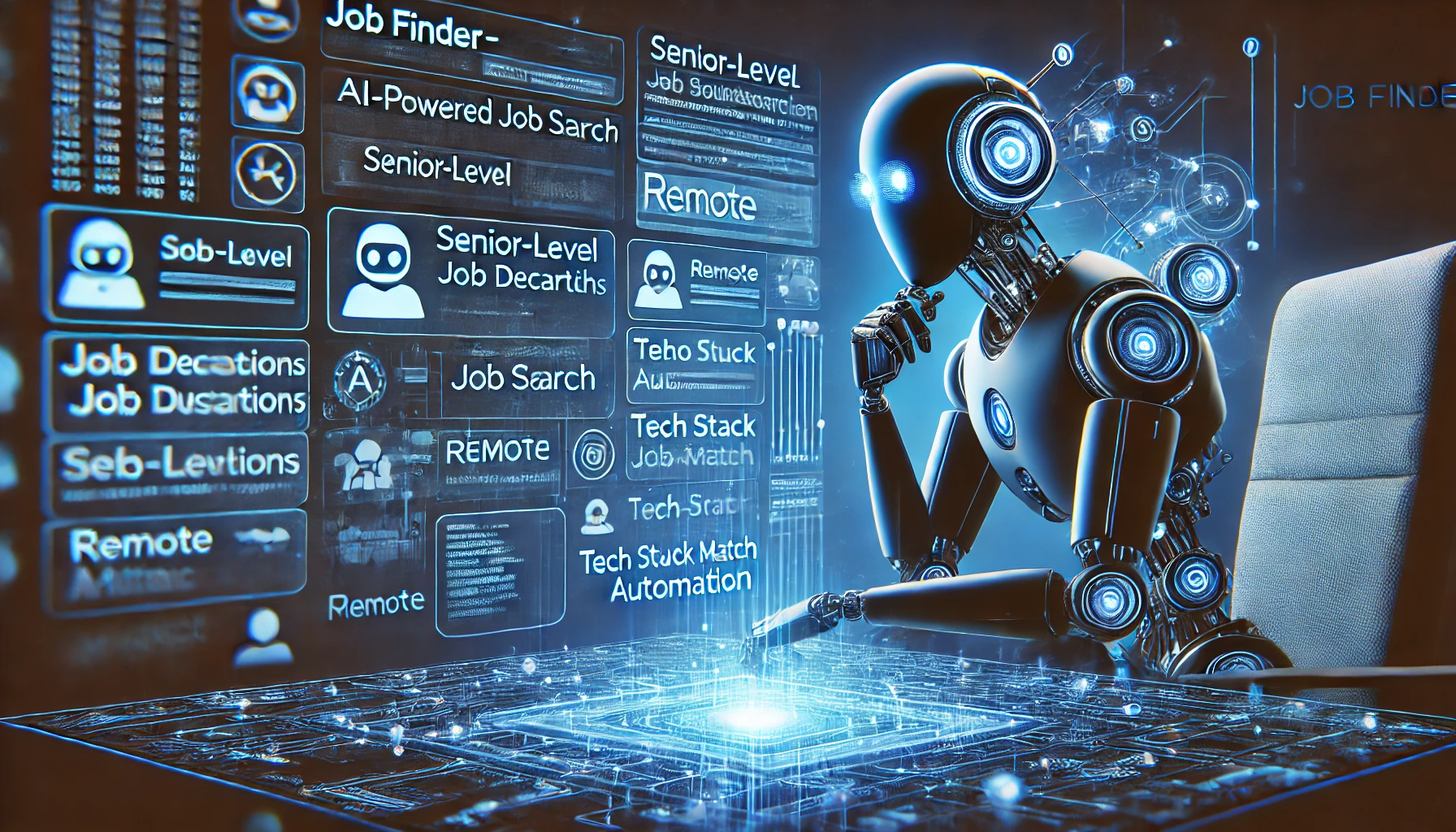Ai
Posts tagged with Ai.
28 Jun 2025
O FraudTalon deu mais um passo importante.
Mesmo com pouco tempo livre na semana, sigo comprometido em manter o FraudTalon avançando e publicando updates regulares.
A partir de hoje, é possível fazer o upload de arquivos .eml diretamente pela interface, e o sistema realiza uma análise
completa combinando heurísticas de segurança de e-mails com inteligência artificial.

O pipeline está assim:
- Parse automático do .eml, com extração dos headers, remetente, destinatário, assunto e corpo
- Avaliação heurística com sinais como:
- Mismatch entre From, Reply-To e Return-Path
- Falhas de autenticação (DKIM, SPF, DMARC)
- Recebimento por servidores desconhecidos
- Análise por IA (via OpenAI) levando em conta todo o conteúdo textual
- Score consolidado com os sinais suspeitos encontrados
Essa atualização transforma o FraudTalon em uma ferramenta muito mais útil para análise de
e-mails suspeitos, como golpes de Pix, phishing, ou promessas falsas de investimento.
28 Jun 2025
FraudTalon just took another important step.
I’m only able to work on FraudTalon a few hours per week, but I’m committed to making steady progress and sharing weekly updates.0
Starting today, you can upload .eml files directly through the interface, and the system will run a complete analysis
using a combination of email security heuristics and artificial intelligence.

The pipeline now works like this:
- Automatic
.eml parsing with extraction of headers, sender, recipient, subject, and body - Heuristic evaluation with signals such as:
- Mismatch between From, Reply-To, and Return-Path
- Authentication failures (DKIM, SPF, DMARC)
- Relaying through unknown servers
- AI analysis (via OpenAI) that takes into account the full textual content
- Final score with a breakdown of suspicious indicators
This update makes FraudTalon a much more powerful tool for analyzing suspicious emails like
phishing, Pix scams, or fake investment offers.
20 Jun 2025
Depois de receber tantas mensagens dos meus pais, esposa, irmã e amigos perguntando se certos e-mails ou anúncios que viram nas redes sociais eram legítimos, decidi criar uma ferramenta para ajudar a identificar fraudes, golpes e tentativas de phishing.
Foi assim que nasceu o FraudTalon
Atualmente ele está na versão MVP 0.0.1 — funcionalidades básicas, heurísticas simples (comecei com NLP mas deixei de lado — por enquanto, não é necessário) e um único LLM baseado em nuvem. O objetivo neste estágio é validar a ideia.
20 Jun 2025
After getting so many messages from my parents, wife, sister, and friends asking if emails or ads they saw on social media were legit, I decided to build a tool to help identify fraud, scams, and phishing attempts.
That’s how FraudTalon was born.
It’s currently in MVP version 0.0.1 — basic functionality, simple heuristics (I started with NLP but dropped it — not needed for now), and a single cloud-based LLM. The goal at this stage is to validate the idea.
16 Jun 2025
Running AI models locally on your Mac M1 is easier than you think.
No cloud. No expensive subscriptions. No unnecessary complexity. Just your own hardware and full control.
I just released a 30-minute playbook that shows exactly how to run Ollama fully local on Mac M1:
- Full install guide
- Copy-paste terminal commands
- Model recommendations tested on M1 hardware
- Performance optimization tips
- Local security checklist
- Bonus cheat sheet included
Launch price: $5
14 Jun 2025
Building My Own Sovereign RAG for Secure Code Analysis
Lately, I’ve been taking a closer look at some code analysis tools that claim to detect security vulnerabilities in software projects. The idea itself is solid. I got one of these tools recommended to me and decided to dig deeper to see what’s really behind these solutions.
Pretty quickly I noticed a pattern: these platforms are far from cheap. Some offer limited free plans, but we all know how this game works. When something that good is offered for “free”, the real price usually comes from somewhere else — data collection, vendor lock-in, black-box models processing your code in someone else’s cloud. And since I’ve been deeply studying AI lately, especially Retrieval-Augmented Generation (RAG), the question came naturally: why not build my own pipeline, fully local, sovereign, using open-source tools, running on my own machine, and depending on no one?
10 May 2025
An open-source project called Deep-Live-Cam is gaining traction on GitHub — and for good reason.
With just a single still image, it can mimic anyone’s face in a live video call. In real-time. Running locally. No cloud required.
The implication is clear: you can no longer trust a video call at face value.
So here’s the question: how do we verify identity in a world where faces can be forged on demand?
10 May 2025
Um projeto open-source chamado Deep-Live-Cam está chamando atenção no GitHub. E com razão.
Com apenas uma imagem estática, ele consegue simular o rosto de qualquer pessoa em tempo real, dentro de uma chamada de vídeo. Tudo isso rodando localmente. Sem nuvem. Sem limites.
A consequência é direta: não dá mais pra confiar em uma chamada de vídeo.
E isso levanta a pergunta inevitável: como validamos a identidade num mundo onde rostos podem ser forjados ao vivo?
06 Feb 2025

Hey everyone! I just wanted to share a new pet project I’ve been working on.
I built Job Finder to automate job searches, analyze descriptions using AI, and filter the best opportunities based on personal criteria.
Job Finder is an open-source project designed to automate job searching, analyze job descriptions using AI, and filter opportunities based on predefined criteria. Initially developed as a personal study project, it demonstrates the integration of automation, AI, and data processing, but can also be useful for others looking to streamline job searches.
28 Jan 2025
Last weekend, I was coding when a song from one of my Apple Music playlists started playing: Boat Gig by the band Tribal Tech (highly recommended if you’re not familiar with it).
As the music played and I continued coding and learning to work with AI, a sort of movie ran through my mind—reflecting on where we’ve come from (at least since I hopped on the boat) in the tech world, and where we are today.

